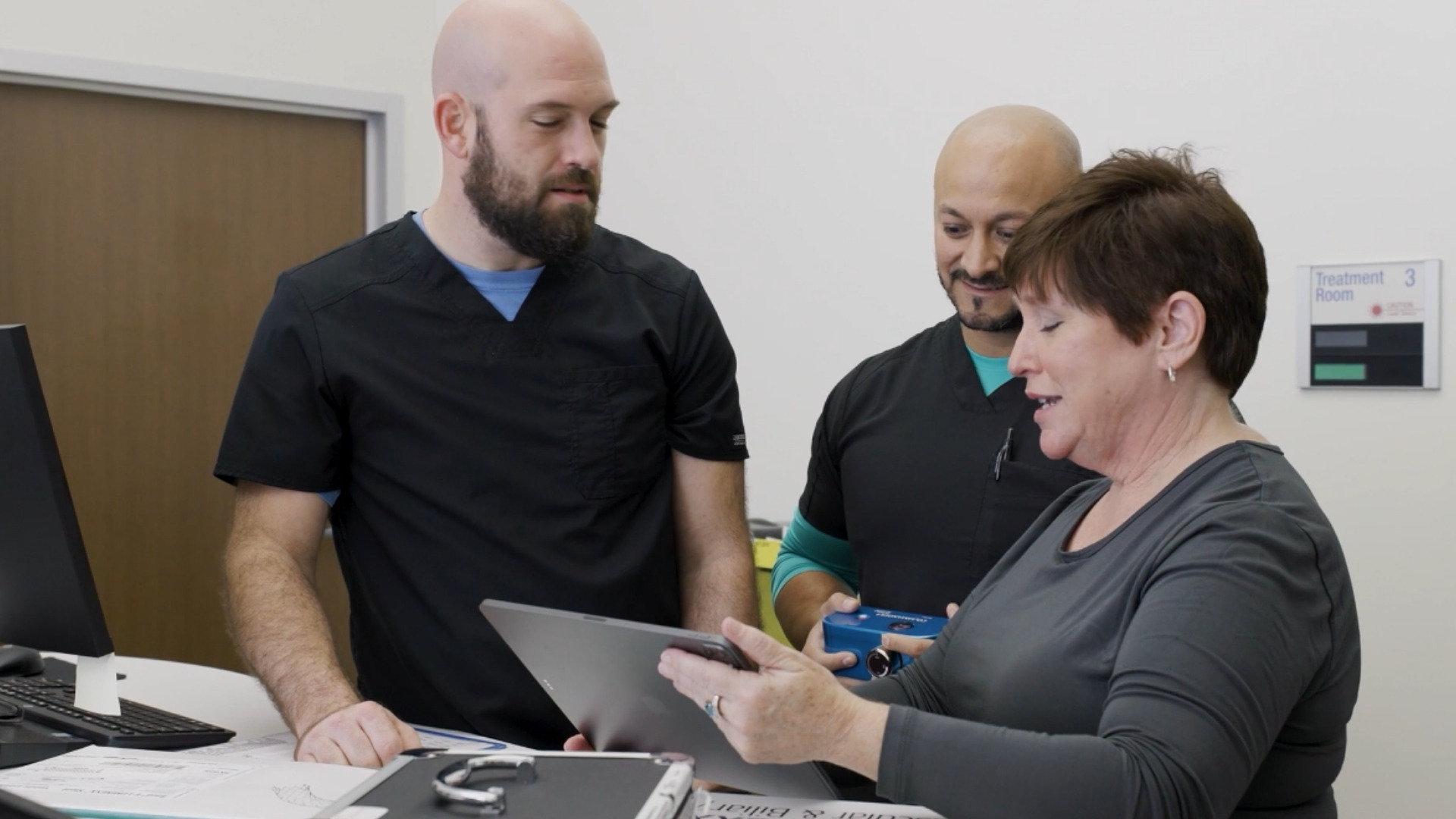Not all women will show symptoms of uterine fibroids. These women may not even discover they have uterine fibroids until much later in life. While this is less common, it’s still something to consider since asymptomatic uterine fibroids could potentially impact pregnancy.
However, women who have symptoms often find fibroids difficult to manage. Some have pain and heavy menstrual bleeding. Uterine fibroids can also put pressure on the bladder, causing frequent urination, or the rectum, causing rectal pressure.
The condition is more common than you may think. About 20 percent to 80 percent of women develop fibroids by the time they reach age 50. Fibroids are most common in women in their 40s and early 50s. Despite this, most people don’t know what to look for to identify uterine fibroids.
So, what are the symptoms of uterine fibroids?
You may not know you have uterine fibroids because they often cause no symptoms. If you have fibroids giving your problems, it may be because of where they’re located, the number you have, or how big they are.
These noncancerous tumors can be as small as a pea or larger than a grapefruit. They can grow outside or within the uterus wall or the uterine cavity’s interior lining. And to make things more complicated, women can develop multiple uterine fibroids of different sizes.
The most common symptoms of uterine fibroids include:
- Heavy, prolonged, or painful periods
- Pain in the lower abdomen or back
- Pain during sex
- Frequent urination
- Discomfort in the rectum
Uterine fibroids usually appear in women of childbearing age — generally between 30-40 years old, but they can show up at any age. They’re more common in African-American women than in white women and tend to show up earlier and grow quicker in African-American women. Science isn’t yet sure why this is the case.
Turn to the Care Specialists at Ozark Regional Vein & Artery Center!
If you are having symptoms of uterine fibroids, turn to the Ozark Regional Vein & Artery Center. Our experience and constantly expanding suite of care options enable us to guide you toward lasting wellness solutions.
We are a premier practice in Northwest Arkansas for the highest-quality vein and artery treatments. Dr. Haney, Dr. Stout, and the expert staff have over 500 years of combined experience caring for patients’ vascular well-being. Helping people is what we do; our mission is to provide the people of Northwestern Arkansas and beyond with the absolute best care possible.
So, if you’re concerned about your vascular well-being, check out our Virtual Vein Screening Tool or schedule a consultation!

